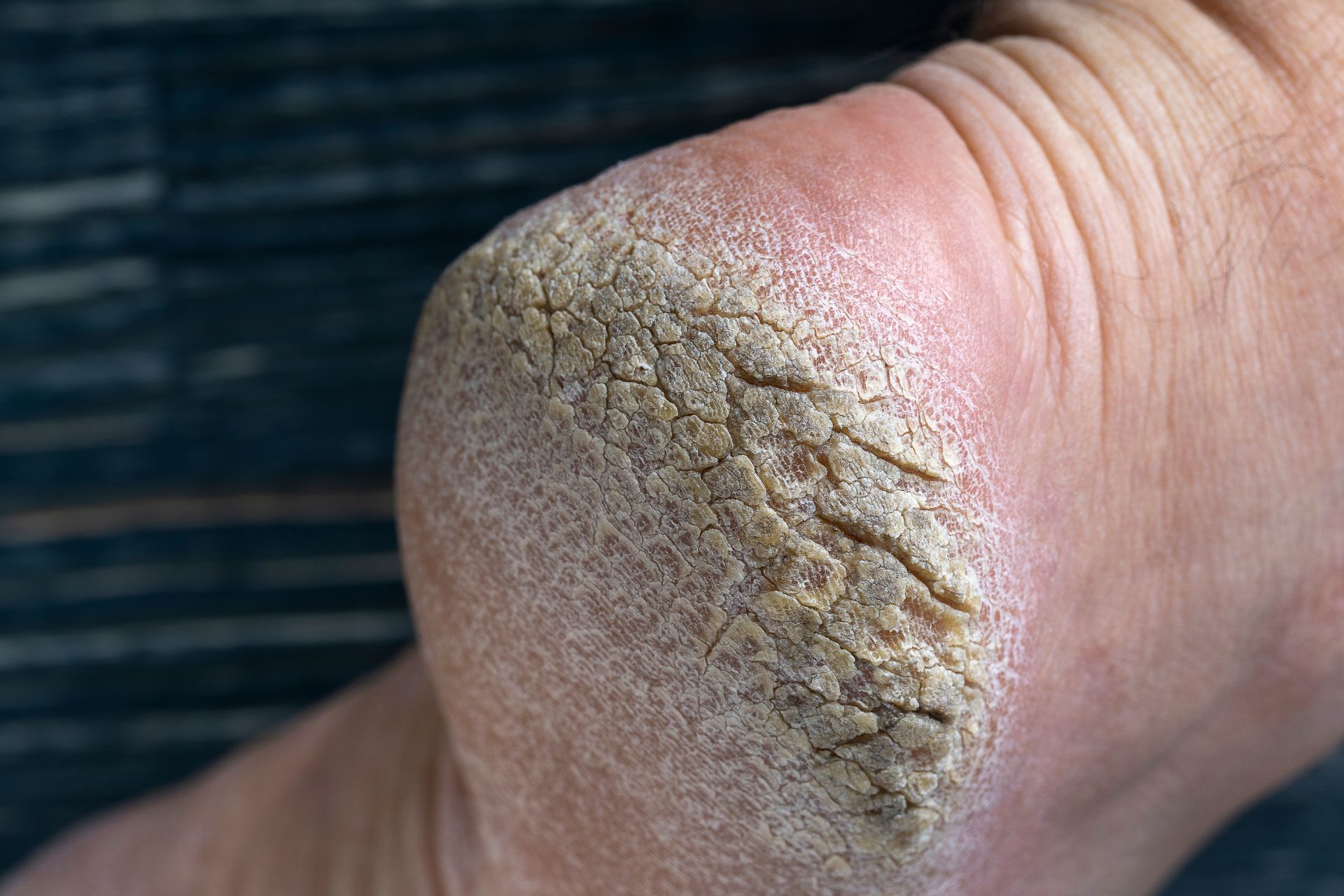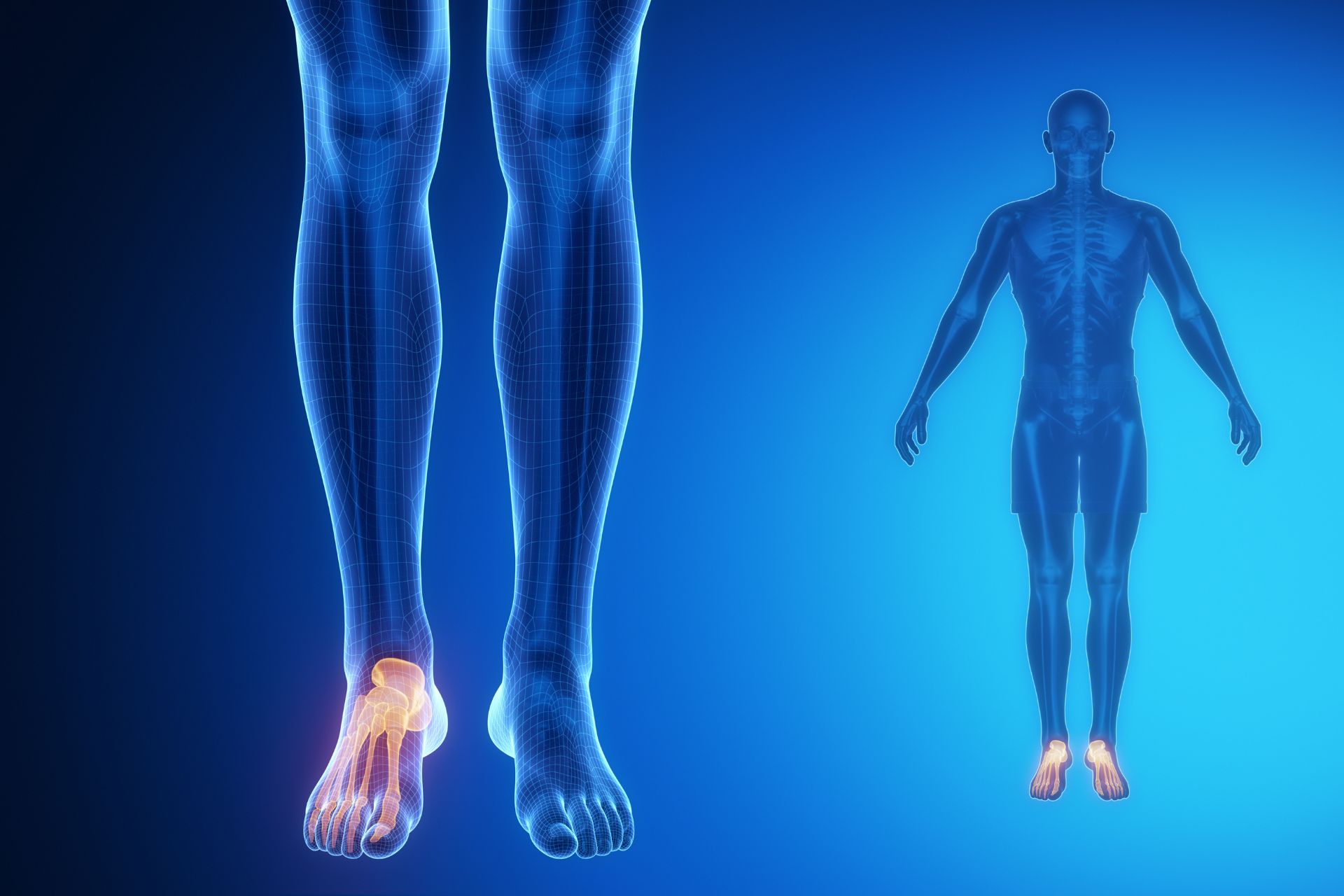Dry, cracked heels are a common issue that many people experience, often leading to discomfort and even pain. The skin on our heels is naturally thicker than on other parts of the body, making it more prone to dryness and cracking. In this article, we’ll explore the various causes behind dry, cracked heels, effective remedies, and steps you can take to prevent it from happening in the future.
What Causes Heels to Dry and Crack?
Our heels endure the weight and pressure of daily activities, especially if we spend long periods standing or walking. This pressure causes the skin to expand, and if the skin is dry, it can split or crack. Several factors can contribute to dryness and cracking in the heels:
1. Lack of Moisture
One of the leading causes of dry heels is simply dehydration of the skin. When the skin loses moisture, it becomes hard and loses elasticity. This dryness causes the skin to become fragile and more prone to cracking. Environmental conditions like cold weather, indoor heating, or air conditioning can also make the skin lose moisture faster.
2. Wearing the Wrong Shoes
Footwear plays a big role in heel health. Wearing open-backed shoes, such as flip-flops or sandals, can contribute to cracked heels because they expose the skin to air, causing it to dry out. High heels or shoes that don’t fit properly can increase pressure on the heels, resulting in a higher risk of cracks.
3. Prolonged Standing
Standing for extended periods, especially on hard surfaces, puts additional pressure on the heels. This can cause the skin to thicken and, eventually, crack. Jobs that require standing for long hours, such as retail or healthcare, may increase the likelihood of experiencing this issue.
4. Medical Conditions
Some health conditions, like diabetes, eczema, hypothyroidism, or psoriasis, can contribute to dry skin and cracked heels. People with these conditions often have poor circulation or issues with skin regeneration, making them more susceptible to dryness and cracks on their heels.
5. Lack of Proper Foot Care
Many people overlook foot care as part of their hygiene routine. Regular exfoliation and moisturizing can prevent the buildup of dry, dead skin that often leads to cracking. Neglecting these steps can result in the skin becoming thick and rough over time.
6. Aging
As we age, our skin naturally loses elasticity and the ability to retain moisture. This aging process can make the skin on our heels drier and more susceptible to cracking. Regular foot care becomes even more essential with age to maintain healthy heels.
The Risks of Ignoring Dry, Cracked Heels
While dry, cracked heels can seem like a minor annoyance, if left untreated, they can lead to more severe problems, such as:
- Infections: Cracks in the skin can allow bacteria and other microorganisms to enter, leading to infections. In severe cases, this can cause swelling, redness, and even pain.
- Pain and Discomfort: Deep cracks in the heels, known as fissures, can become painful, especially when walking or standing.
- Skin Thickening: Untreated dry heels may develop thickened skin, or calluses, making it harder to restore softness.
Addressing dry, cracked heels early on can prevent these complications and keep your feet in good shape.
Simple Remedies for Treating Dry, Cracked Heels
The good news is that most cases of dry, cracked heels can be managed with some simple home remedies and consistent care. Here are some effective methods to treat and soften them:
1. Exfoliation
Regularly exfoliating can remove dead skin and help prevent the buildup of thick, dry layers. Using a pumice stone, foot file, or gentle scrub, gently rub the affected area to slough off dead skin cells. Remember not to overdo it, as excessive scrubbing can cause irritation.
2. Moisturizing
Moisturizing is crucial for preventing dry heels. After exfoliating, apply a thick, emollient-rich cream or foot balm to lock in moisture. Look for products that contain ingredients like urea, glycerin, or salicylic acid, which are particularly effective for softening rough skin. Applying a heavy moisturizer before bed and wearing socks overnight can help trap moisture and deeply hydrate the skin.
3. Soaking
Soaking your feet in warm (not hot) water for 10-15 minutes can help soften the skin, making it easier to exfoliate. Adding a small amount of Epsom salts or apple cider vinegar to the water can enhance the benefits, as these have mild exfoliating and antimicrobial properties.
4. Wearing Supportive Shoes
Switching to shoes that offer adequate support can alleviate pressure on them and reduce the likelihood of cracks. Avoid open-backed shoes and try wearing shoes that offer cushioning and arch support.
5. Using Natural Remedies
Natural remedies, such as coconut oil, olive oil, and honey, are also great options for treating dry heels. Coconut oil has antibacterial and anti-inflammatory properties, while honey is a natural humectant that draws moisture into the skin. Applying these before bed and covering your feet with socks can help heal cracks and prevent further dryness.
6. Staying Hydrated
Internal hydration is just as important as external moisturization. Drinking adequate water helps maintain overall skin elasticity and hydration, reducing the risk of dryness, including on your heels.
Preventing Future Cracks and Dryness in Your Heels
Once you’ve healed your heels, maintaining a routine to prevent further dryness and cracking is essential. Here are some tips for keeping your them soft and healthy:
1. Establish a Foot Care Routine
Set aside time each week to care for your feet. This can include soaking, exfoliating, and moisturizing. By making foot care part of your routine, you can prevent the buildup of dry, rough skin.
2. Use Moisturizing Socks
Consider investing in moisturizing socks, which contain gel linings infused with hydrating ingredients. Wearing these a few times a week can provide deep moisturization to your heels and keep them soft.
3. Avoid Walking Barefoot
Walking barefoot, especially on hard surfaces, can cause the skin on your heels to become dry and tough. Wearing slippers or socks indoors can provide a barrier, protecting your skin from excessive pressure and dryness.
4. Eat a Skin-Healthy Diet
A balanced diet with nutrients like vitamins C, E, and healthy fats supports skin health and hydration. Including foods rich in these vitamins can improve the overall condition of your skin, including your heels.
When to Seek Professional Help
If your cracked heels persist despite home treatment, it might be time to seek help from a professional. Persistent or painful cracks, especially for those with underlying health conditions like diabetes, can require medical attention. A podiatrist can assess your heels and recommend specialized treatments, such as medical-grade moisturizers or orthotic devices, if necessary.
Final Thoughts: Keep Your Heels Soft and Healthy
Taking a proactive approach to heel care can prevent dryness and cracking from becoming a problem. By understanding the causes and implementing a regular foot care routine, you can maintain soft, healthy heels. If you’re struggling with persistent dryness or deep cracks, professional help is available to ensure your feet remain comfortable and in great shape.
For expert guidance on foot care and solutions for dry, cracked heels, contact Steady Foot Clinic in North York. Our team is dedicated to helping you achieve optimal foot health and comfort.






